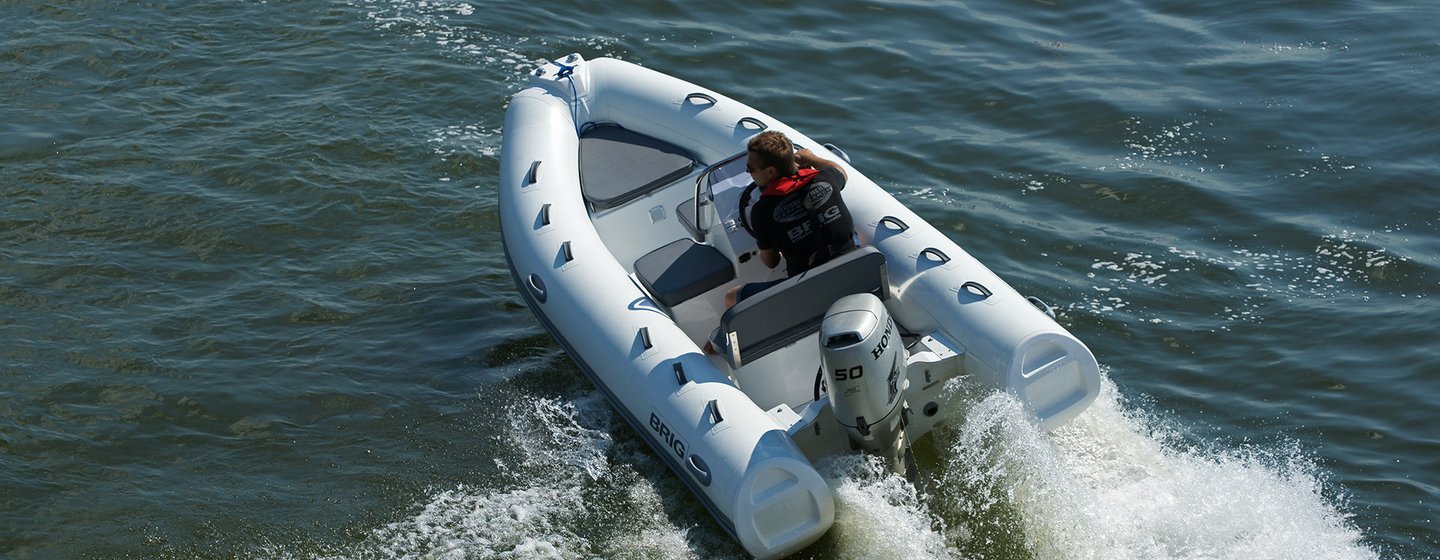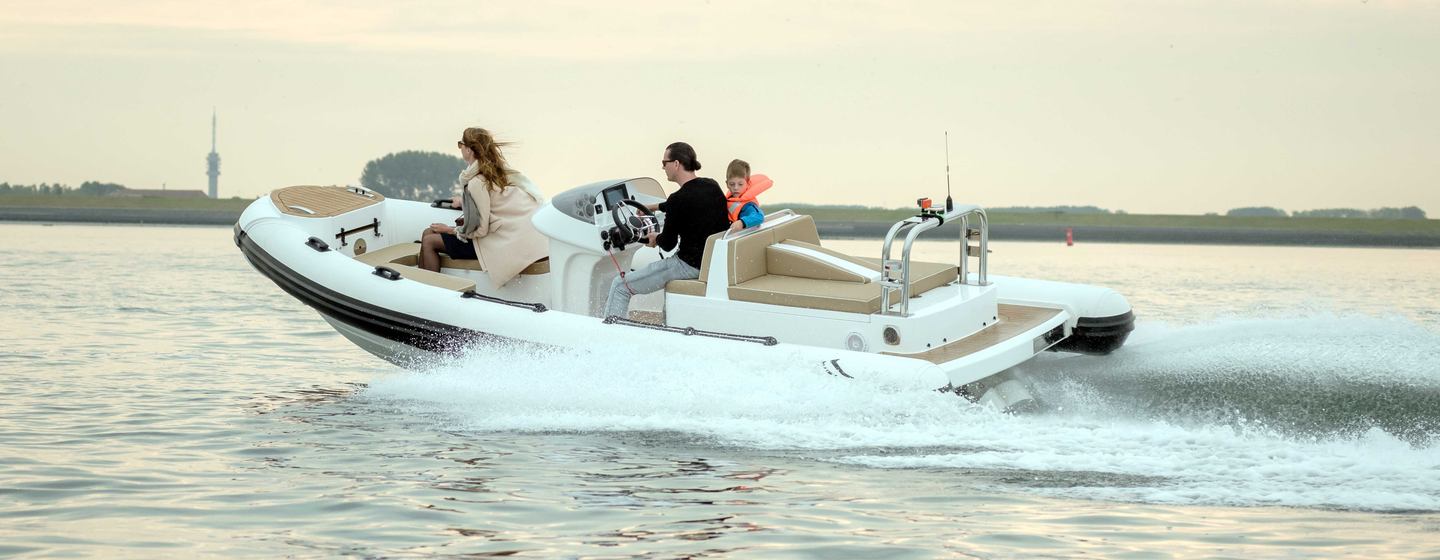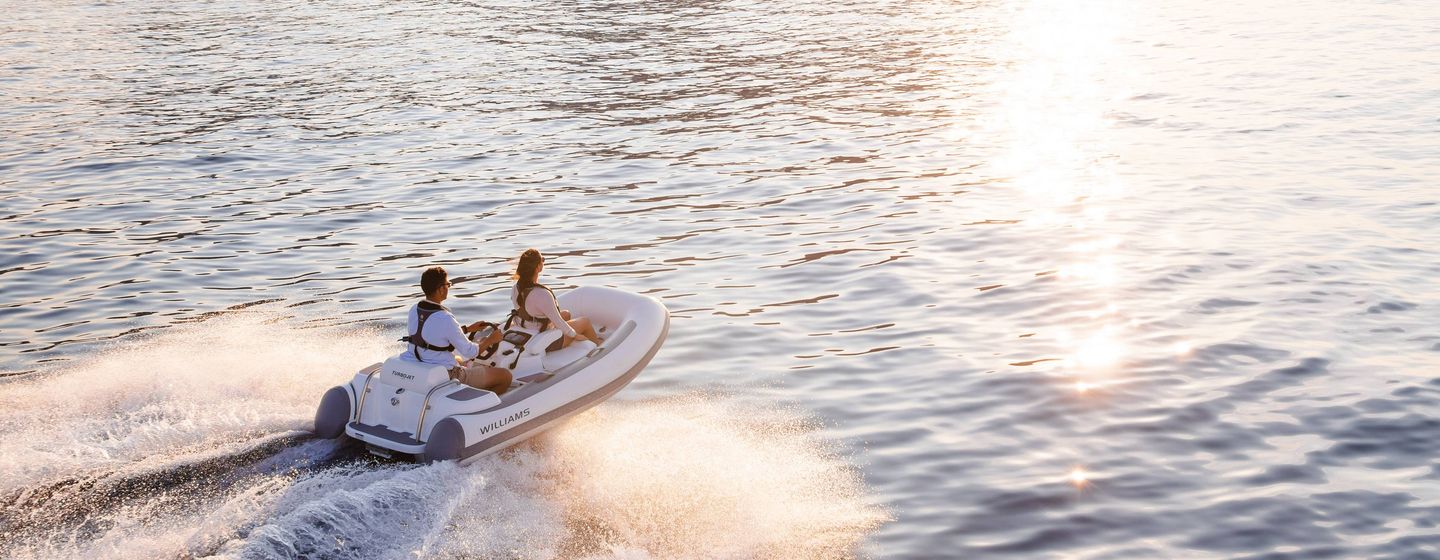Choosing a tender is one of the many important decisions for owners customizing their yachts. With a range of styles and sizes available, from practical to luxurious, how do you choose the right one?
Why is a Tender Called a Tender?
A tender is called a tender for its role in 'tending' to the needs of the mother ship. It's a smaller craft used to transfer goods and people to and from the yacht, run errands, collect provisions, transport guests, and even tow inflatables—tasks the larger yacht can't manage.
Will I Need a Tender?
In all likelihood, yes. Depending on how you plan to use your yacht, a tender may need to perform a variety of tasks. Life on the water means you can't just call a cab or walk to the shops. If you're anchored and need to go ashore, a tender is essential. Even in a large marina, your yacht might be berthed far from amenities, and a quick tender ride can save you a long walk.
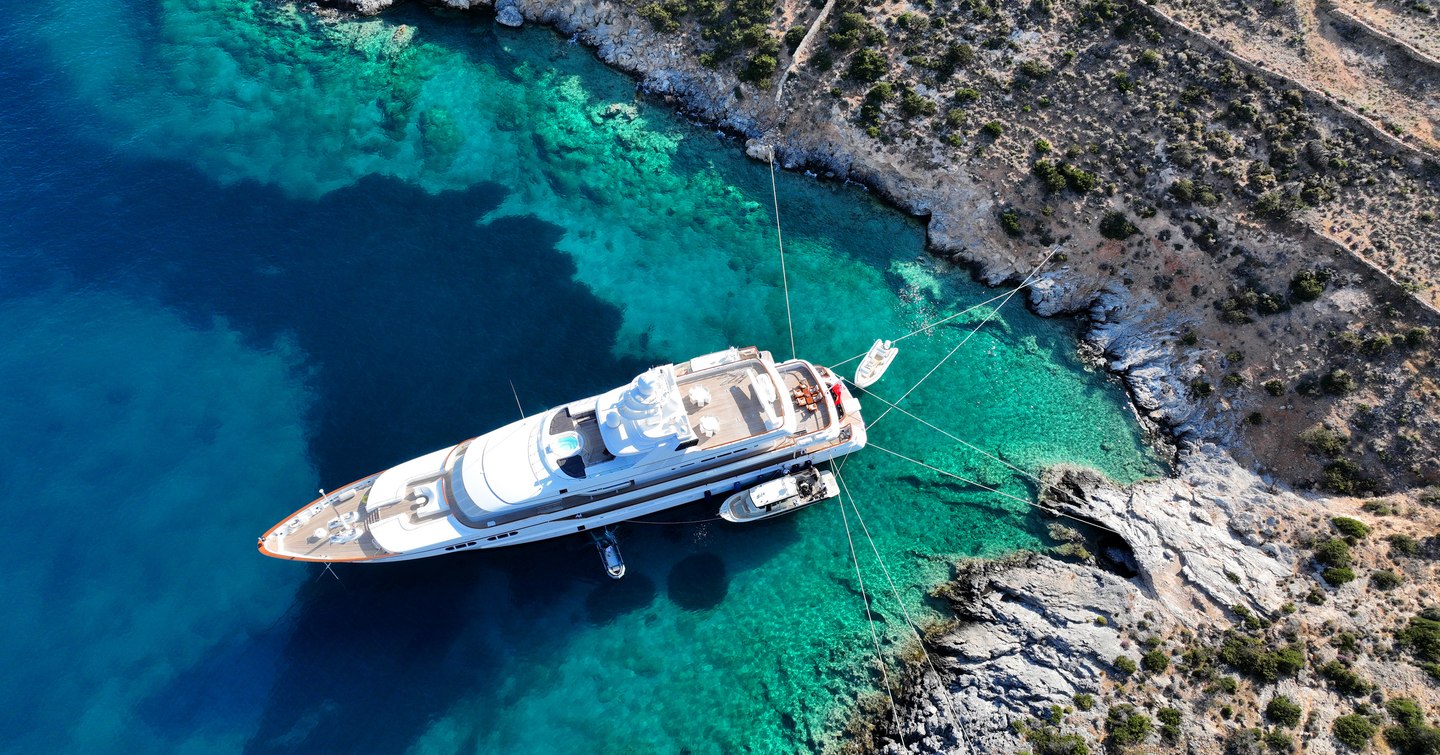
Practicality
Your yacht will likely anchor or pick up a mooring buoy, making the tender essential. It enables you to get ashore and helps secure the yacht to the mooring. The tender can also be used for various operations and activities. Crew can travel to the local port for provisions, set up a beach BBQ, or secure a line ashore. It's also useful for dealing with a fouled anchor, checking below the waterline, or retrieving items dropped overboard.
Safety
In an emergency, such as someone falling into the water or a guest needing to get ashore quickly, a tender is an essential and versatile asset.
Fun
In addition to being practical and safe, tenders are a lot of fun. They offer speed and adrenaline by getting you close to the water and facilitate watersports like diving and waterskiing. Thanks to their size and versatility, tenders open up a range of activities for you and your guests to enjoy.
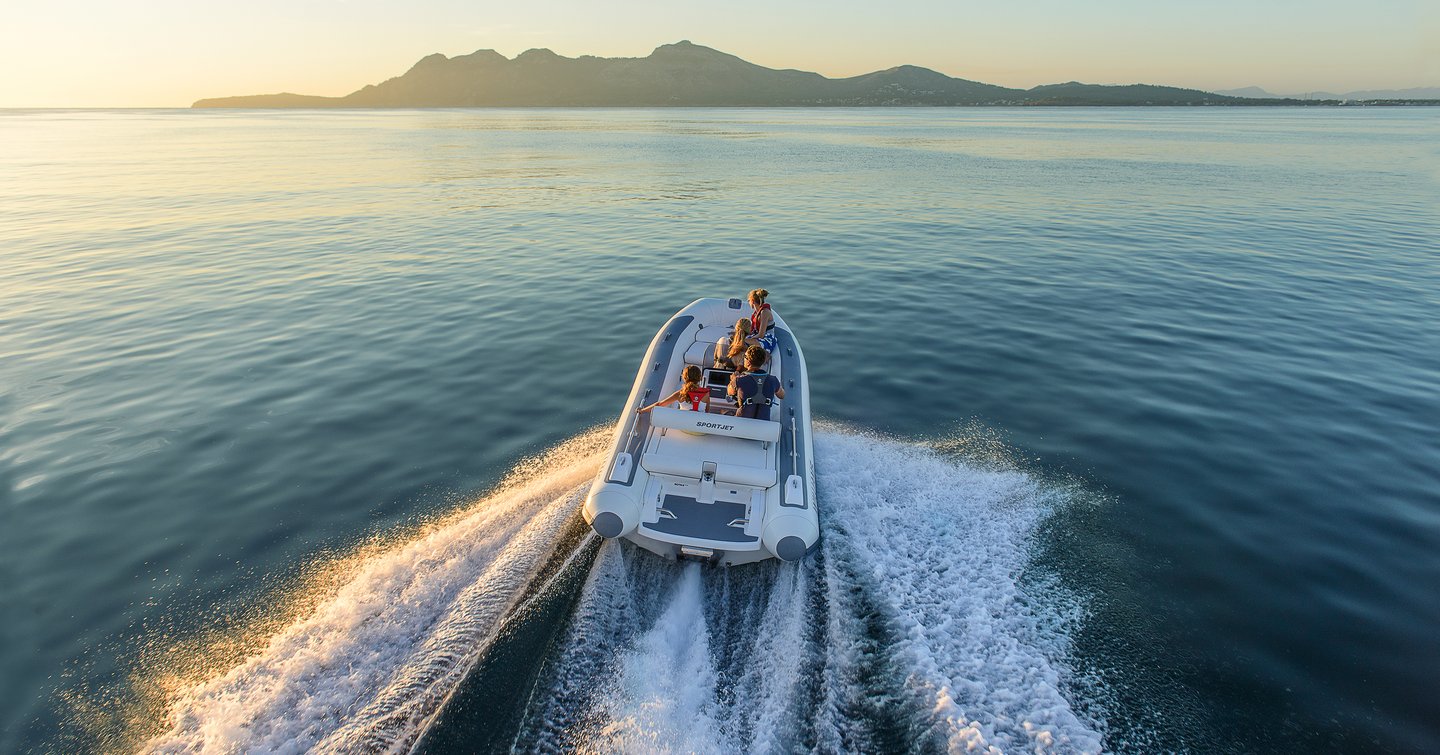
Things to Consider
Your new yacht won't come with a tender as standard. While there are many styles and types to choose from, your yacht's stowage will dictate the tender's maximum weight and size. This depends on the physical space available in a tender garage or onboard, and the weight limits of your yacht's crane or other launch systems.
The launch and recovery systems on your yacht will also affect the type and size of tender you can choose.
Read our guide to launch and recovery systems to find out more.
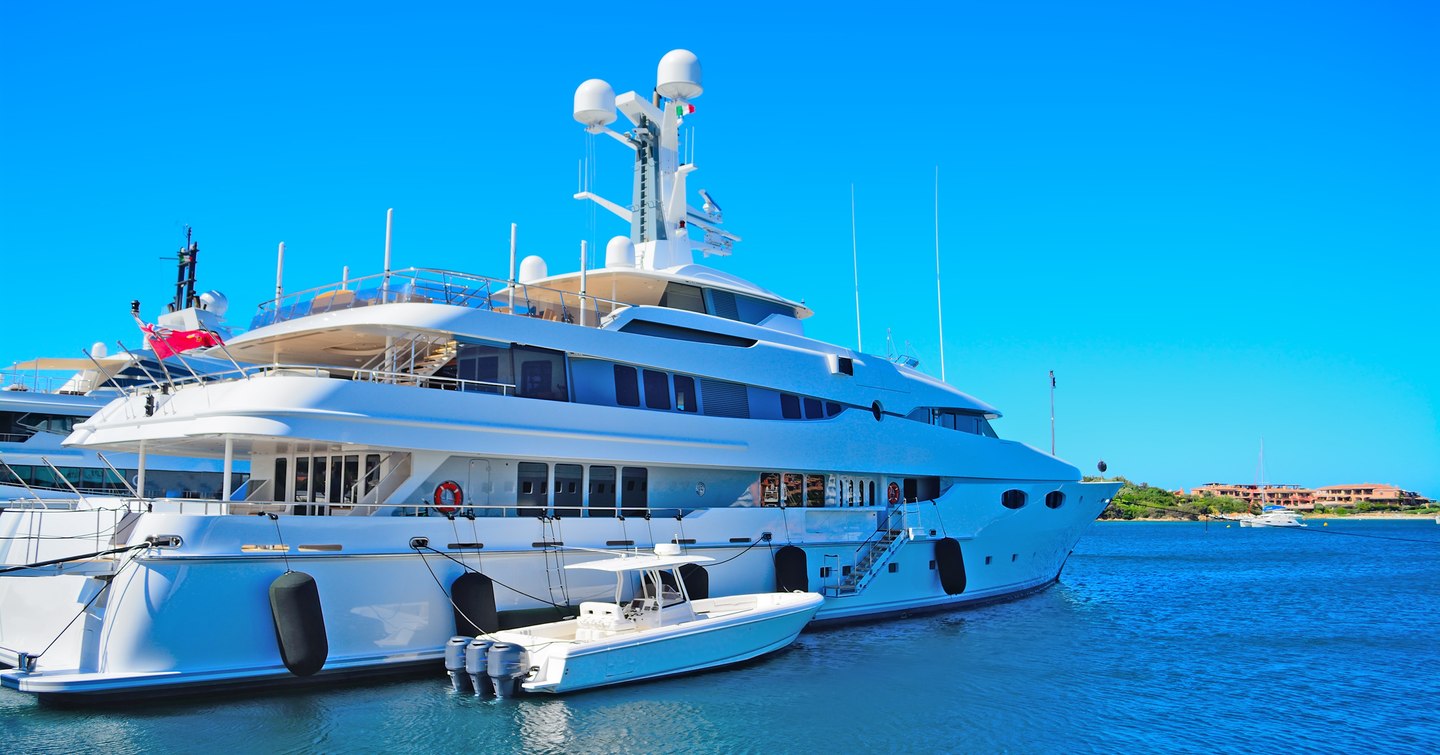
-
Certain yachts under 24m (75ft) — in the owner-operated sector — come with tender garages designed to take a specific tender size or a particular make. This can result in a small amount of choice when selecting a tender.
-
Yachts that mount the tender on the bathing platform or on an upper or flybridge deck, offer far more choice but are still limited by dimensions and weight.
-
When selecting a tender that uses an outboard motor, buyers should check whether the quoted weight of the tender includes or excludes the engine to ensure its weight is suitable for your yacht type.
Find out more
Leisure
Whether it's getting ashore to a beach or going fast with the wind in your hair, tenders are great for leisure activities.

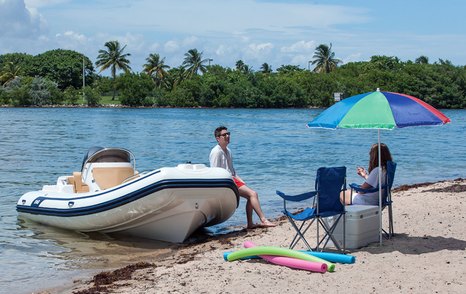
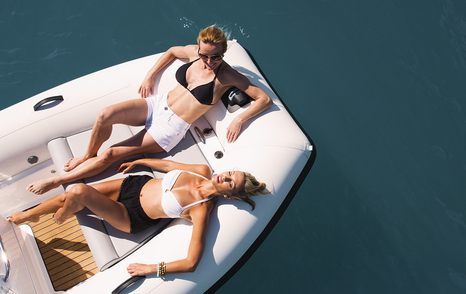
What you need:
- Adequate room for you, your guests, and crew to sit safely with sufficient handholds
- A tender that offers good stability over the waves
- Enough storage for all of your personal belongings if traveling ashore
Ideal tender type:
- RIB
- Jet RIB
Watersports
Waterskiing, wakeboarding, and the high-speed towing of inflatable toys can all be carried out with the right tender.
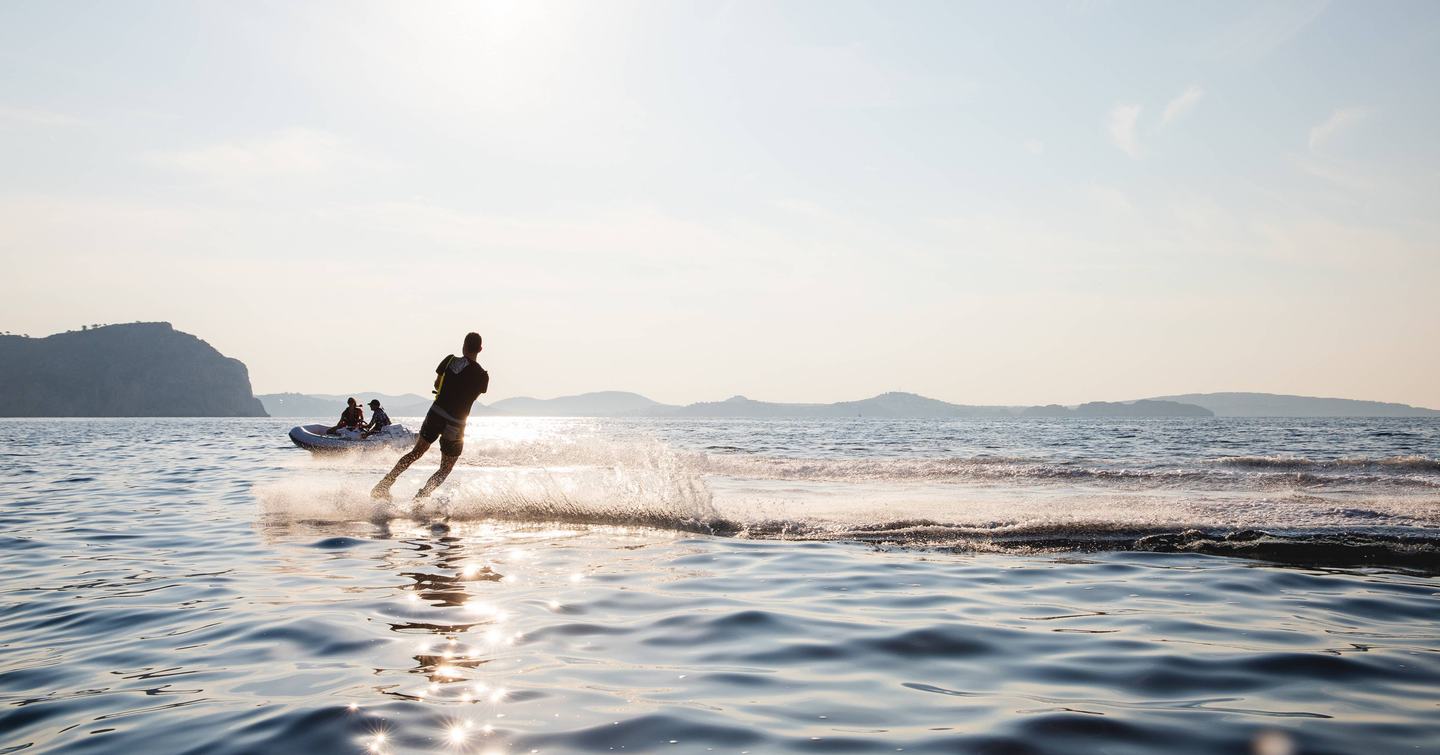
What you need:
- A powerful engine that can reach 20-25 knots
- A tender with a responsive hull to enable it to travel at speed and turn quickly
- Good onboard protection, seating, and grabrails
Ideal tender type:
- RIB
- Jet RIB
- Open boat
Guest Transport
A comfortable tender with lots of seating, storage, and, ideally, protection from the weather.
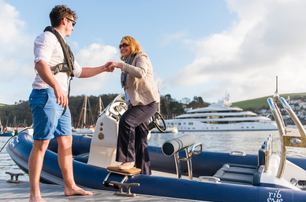
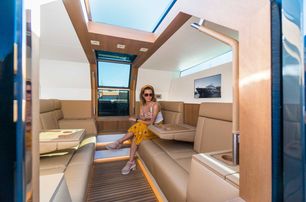
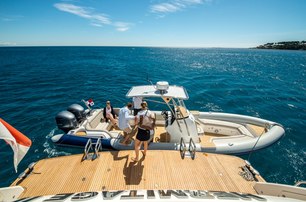
What you need:
- Adequate seating for you and your guests
- Easy access between the tender and the mothership
- Comfort and protection from the outside elements
Ideal tender type:
- RIB with a wrap-around screen and a T-top or hardtop design
- Limousine
- Beachlander with a T-top design
Crew or Safety Boat
Tough, practical vessels capable of carrying crew and provisions, and assisting with maintenance operations in all weather conditions.

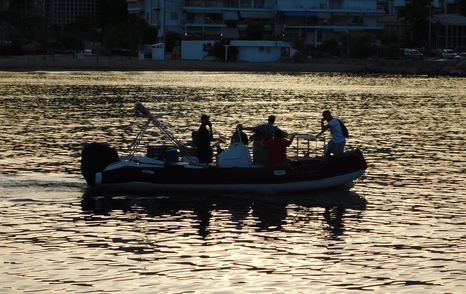
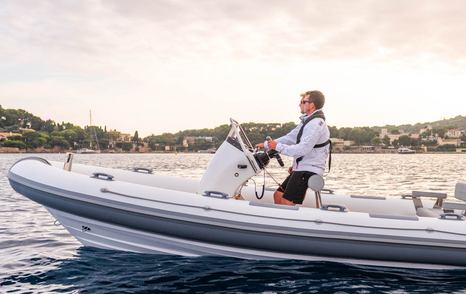
What you need:
- A tender that is easily deployable
- Adequate room for crew carrying out various operations
- A durable and versatile design
Ideal tender type:
- RIB
- SOLAS (Safety of Life at Sea) RIB
The Choice
The leading factor will likely be size and weight compatibility with the main yacht. After that, consider your cruising itinerary, guest frequency, and preferred activities. If you enjoy remote anchorages and exploring quaint fishing villages, choose a tender that can carry you and your family on one trip. If you plan on cruising higher/lower latitudes or being active in lower seasons, prioritize a tender that provides shelter.
The YachtBuyer Tender Buying Guide will provide further information, enjoy, and don't hesitate to contact the YachtBuyer team who are here to assist you.
More information on buying a tender
